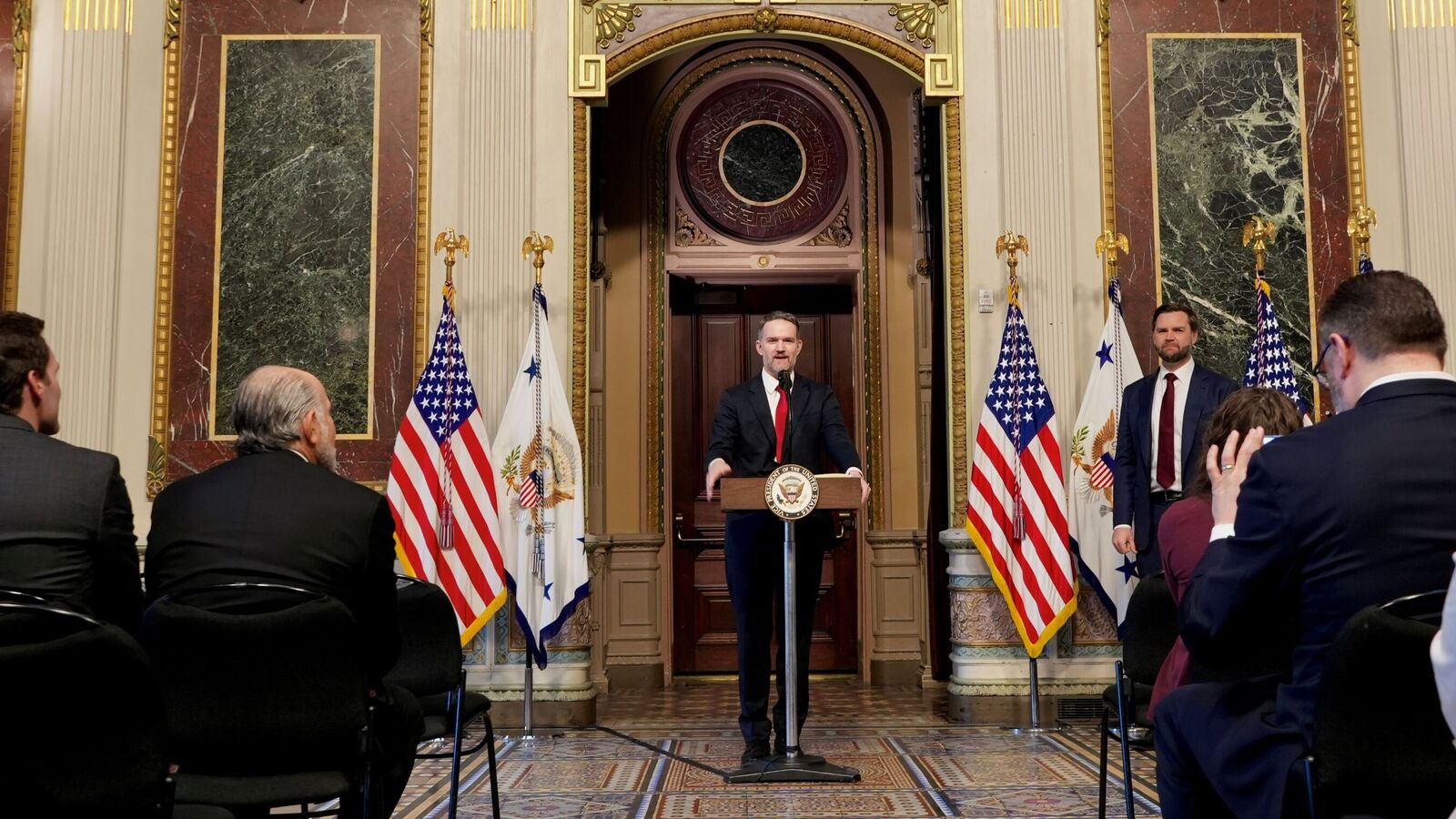In a significant shift in international trade dynamics, India and several other nations are gearing up to reduce tariffs on goods imported from the United States. This move follows an announcement made by former President Donald Trump on April 2, which introduced reciprocal tariffs. Jamieson Greer, the U.S. trade representative, recently highlighted these developments during a session with the Senate Finance Committee, emphasizing the urgency of addressing the ongoing trade imbalance.
The Current Tariff Landscape
Greer pointed out that the average tariff imposed by India stands at an astonishing 39%, while the U.S. maintains a mere 5% tariff on agricultural products. He stated, “Our average tariff on agricultural goods is 5%, but India’s average tariff is 39%. This stark contrast illustrates the trend contributing to our trade deficit, which reflects the challenges faced by our manufacturing sector.” Such disparities underscore the need for a reassessment of trading practices and policies that have long affected American economic growth.
Global Interest in Tariff Reductions
Countries like Argentina, Vietnam, and Israel are among those expressing a willingness to lower their tariffs and non-tariff barriers. According to Greer, nearly 50 nations have reached out to the U.S. to discuss the new tariff policy and explore ways to establish a more reciprocal trading environment.
- Key highlights:
- 50 countries have approached the U.S. to discuss tariff policies.
- Major countries willing to lower tariffs include Argentina, Vietnam, India, and Israel.
- Investments in the U.S. have surged, totaling around $4 trillion.
Addressing the Trade Deficit
Greer attributed the widening U.S. trade deficit and the decline of the manufacturing sector to “one-sided tariffs, trade barriers, and economic policies adopted by foreign partners.” He pointed out that since 1994, the United States has lost approximately five million manufacturing jobs and around 90,000 factories have closed. This trend has deeply affected American workers, leading to significant economic challenges.
Interestingly, even sectors like agriculture—where the U.S. once enjoyed a trade surplus—have seen a reversal, with deficits emerging during the latter years of Joe Biden’s presidency. This situation calls for urgent reforms and collaborative efforts to enhance trade relations and bolster the manufacturing sector.
Conclusion
As India and other nations consider lowering tariffs in response to the U.S. strategy, the landscape of international trade may soon experience a notable transformation. The ongoing discussions reflect a collective recognition of the need to create a fairer trading environment that benefits all parties involved.
For further insights on global trade policies and their implications, visit Trade.gov.











